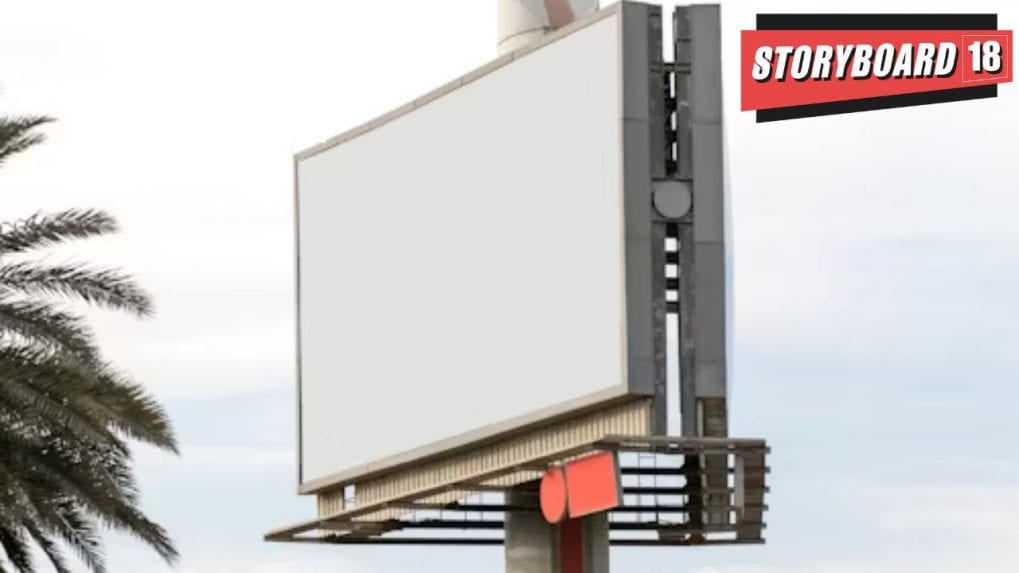Digital
Why OpenAI is hiring 100 ex-bankers: Inside the ChatGPT-maker's secret project to automate Wall Street's grunt work

Eighteen months after a massive illegal billboard collapsed onto a petrol pump in Ghatkopar during a severe dust storm—killing 17 people and injuring more than 80—the Brihanmumbai Municipal Corporation (BMC) has introduced a sweeping new policy to regulate outdoor advertising across the city.
The latest framework, revealed on Thursday, significantly expands upon and revises the civic body's previous 2008 guidelines, imposing stringent norms governing hoarding dimensions, placement, illumination and display formats.
Under the revised rules, hoardings larger than 40 ft x 40 ft are now prohibited throughout Mumbai. Advertisements on footpaths and building terraces have been banned entirely. Digital billboards must adhere to strict luminance caps—limited to a 3:1 brightness ratio—and cannot feature flickering visuals. Digital and LED advertisements will only be permitted within controlled or enclosed areas such as malls, multiplexes, commercial complexes and petrol pumps.
The policy also allows commercial and non-commercial advertisements on fencing and external facades of buildings undergoing construction or repair.
For the first time, the BMC has formally recognised multiple display formats. Back-to-back and front-facing hoardings, as well as L-shaped, V-shaped, and three- to six-sided units, will be permitted subject to mandatory clearance from the Mumbai Traffic Police.
In the preface to the policy document—titled Advertising Guidelines–2025 (Policy Guidelines for Display of Outdoor Advertisements)—municipal commissioner Bhushan Gagrani noted that the updated rules aim to align Mumbai’s outdoor advertising standards with global benchmarks while balancing aesthetics with commercial requirements. The guidelines, he said, take into account judicial directives, committee recommendations and citizen feedback.
The policy sets out rules for a wide range of advertising formats including glow signs, bus queue shelters, festival-season installations and the increasingly prevalent digital signage in large commercial spaces. It also details conditions for temporary permissions for banners and boards.
On revenue sharing, the BMC has formalised a 70:30 split for advertisements placed on properties owned by agencies such as MMRDA, MSRDC and other government bodies—70% to the land-owning authority and 30% to the civic body. Once the roads or structures are transferred to the BMC, it will receive the entire revenue share. Advertisers will additionally be required to pay advertisement fees and municipal taxes.
The guidelines, as per media reports, outline a sponsorship model for the beautification of central medians, traffic islands and strip gardens. Eligible sponsors include listed companies, banks, real estate developers and major commercial entities—excluding advertising agencies. Sponsors, selected on a first-come basis, must undertake all civil and horticultural works, with limited scope for short-term sculpture displays. Agreements will remain valid for three years.
The policy reiterates that all advertisements within municipal limits fall under Sections 328 and 328A of the Mumbai Municipal Corporation Act, which require written permission from the municipal commissioner. Enforcement will be overseen by the BMC’s licence department, which is authorised to act against unauthorised displays.
Advertisers must also submit a structural stability report from a BMC-registered structural engineer for hoardings exceeding 300 sq ft or sky-signs larger than 100 sq ft. Name boards are restricted to business premises, and advertisements on approved glass facades will be allowed only on commercial properties, capped at 50% of each glass panel and subject to clearance from the chief fire officer.
Hoarding permits will require renewal every two years. If violations are detected, the advertiser will receive a show-cause notice and must furnish a structural stability certificate or structural audit report from a BMC-approved structural engineer within the stipulated period, along with an electrical safety certificate for illuminated hoardings.
The BMC has urged advertisers, agencies and stakeholders to ensure strict adherence to the newly issued regulations, now available on its official website.
From Delhi’s sharp-tongued lyricists to Chennai’s bilingual innovators and North-East India’s experimental beatmakers, Rap 91 LIVE’s lineup was a sonic map of the country’s cultural diversity.
Read MoreAs WPP reels from revenue declines and vows sweeping restructuring, Publicis and Havas ride strong AI-led client demand. With Omnicom and IPG on the cusp of a historic merger, the global advertising landscape braces for a power realignment built on data, technology, and efficiency.